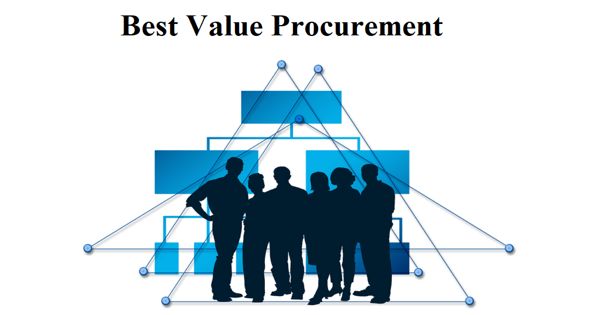Microfranchising is a business strategy that applies the standard franchising concept to smaller-scale firms, which are typically found in emerging economies or disadvantaged communities. It is a business model that applies classic franchising aspects and concepts to small enterprises in developing countries.
Individuals, typically entrepreneurs or small business owners, are supplied with a standardized business plan, training, and assistance to operate a small-scale franchise in a microfranchise system. It is used to describe the systemization and replication of micro-enterprises. Microfranchising is typically characterized as tiny enterprises that can be easily replicated by using tried-and-true marketing and operational techniques.
Key characteristics of microfranchising include:
- Scaled-down Operations: Microfranchises are often run on a lesser scale than standard franchises. This is done to make them more accessible to people with limited financial resources.
- Standardized Business Model: Microfranchises, like typical franchises, provide a standardized business model that includes products, services, branding, and operational procedures. This aids in maintaining consistency across several microfranchise units.
- Training and Support: Microfranchise systems frequently give franchisees with training and continuing assistance. This is especially important in locations where entrepreneurs may lack commercial experience.
- Affordability: Microfranchises strive to be inexpensive to people with minimal capital. This accessibility is critical for reaching out to entrepreneurs in economically depressed areas.
- Community Impact: Microfranchising is often seen as a tool for poverty alleviation and economic development. By providing business opportunities at a local level, it can contribute to job creation and economic growth in underserved communities.
According to the Acumen Fund, microfranchising is “a development tool that leverages the basic concepts of traditional franchising, but it is especially focused on creating opportunities for the world’s poorest people to own and manage their own businesses.” The goal of microfranchising is to promote economic development by developing sound business models that entrepreneurs at the bottom of the socioeconomic pyramid (bottom of the pyramid) can replicate, thereby providing self-employment opportunities to those who lack entrepreneurial skills.
Microfranchising in underdeveloped nations strives to overcome the conundrum of the “necessity entrepreneur” by providing job chances to those who lack core entrepreneurial abilities. Many businesses and organizations provide low-income people entrepreneurial possibilities and services by adopting scaled-down company concepts found in successful franchise firms.
In certain circumstances, microfranchising can be an effective approach to empower local businesses, provide economic possibilities, and address social challenges. It takes advantage of the franchise model’s advantages to promote long-term business development in locations where traditional franchising may not be practical.
















